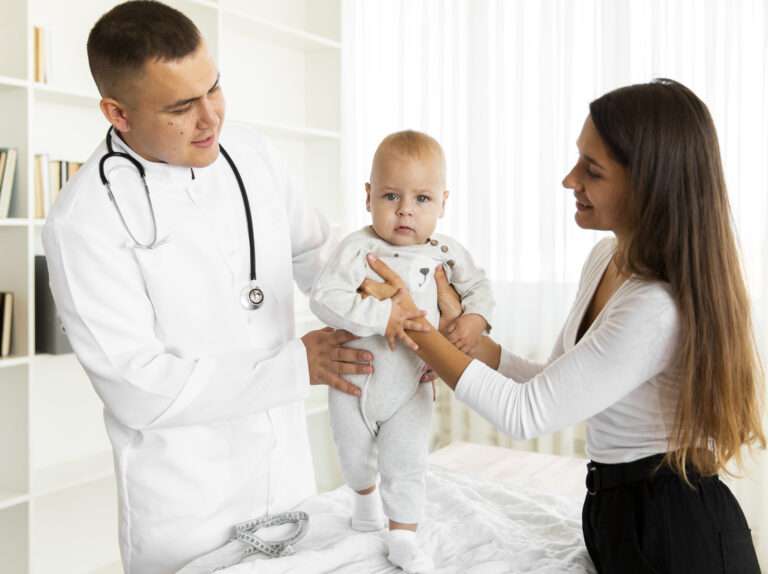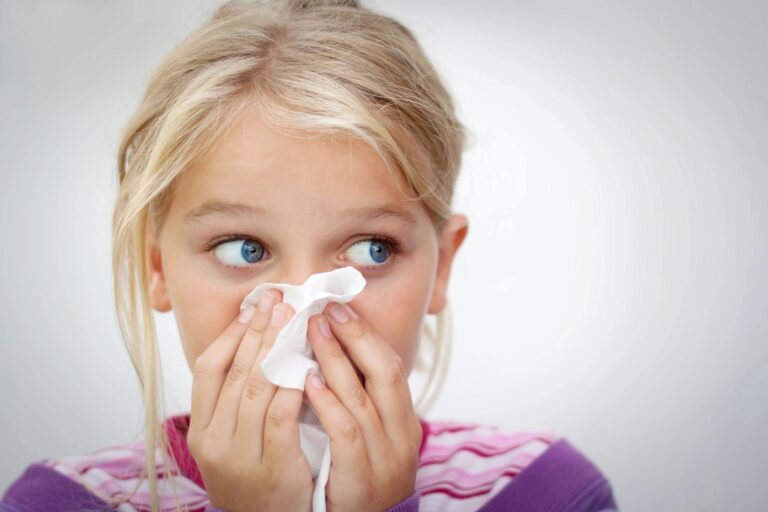Syncope in children
Syncope, commonly known as fainting, is a sudden and temporary loss of consciousness and muscle tone caused by a temporary reduction in blood flow to the brain. While syncope can occur in people of all ages, including children, it is essential to understand the potential causes, risk factors, and management, especially when it occurs in pediatric patients. Here are key points about syncope in children:
- Causes of Syncope in Children:
- Syncope in children can have various underlying causes, including:
- Vasovagal syncope: Often triggered by emotional stress, pain, or prolonged standing.
- Orthostatic hypotension: A drop in blood pressure when changing positions (e.g., from sitting to standing).
- Cardiac-related syncope: Resulting from heart rhythm abnormalities, structural heart conditions, or other cardiovascular issues.
- Neurocardiogenic syncope: Caused by a reflex response that leads to a sudden drop in heart rate and blood pressure.
- Dehydration, anemia, or low blood sugar: These can contribute to syncope.
- Syncope in children can have various underlying causes, including:
- Symptoms:
- Prior to syncope, children may experience warning signs such as dizziness, lightheadedness, nausea, sweating, or a feeling of warmth.
- During syncope, children typically lose consciousness and may fall to the ground.
- After regaining consciousness, they may feel confused, weak, or tired.
- Evaluation and Diagnosis:
- Diagnosing the cause of syncope in children often involves a thorough medical history, physical examination, and, in some cases, specialized tests such as electrocardiography (ECG or EKG), echocardiography, and tilt-table testing.
- Evaluating the child’s medical history, including any recent illnesses, medications, and family history, is essential.
- Treatment and Management:
- The management of syncope in children depends on the underlying cause.
- For vasovagal syncope or orthostatic hypotension, lifestyle modifications such as maintaining hydration, avoiding triggers, and changing positions slowly may be sufficient.
- Cardiac-related syncope may require further evaluation and treatment by a pediatric cardiologist.
- Treatment for neurocardiogenic syncope may include medications, lifestyle adjustments, or physical counterpressure maneuvers.
- In some cases, no specific treatment is needed, but close monitoring may be required.
- Prognosis:
- The prognosis for children with syncope depends on the cause and how effectively it is managed.
- Many children with vasovagal or orthostatic syncope have a good prognosis with lifestyle modifications.
- Cardiac-related syncope may require ongoing monitoring and treatment.
- Prevention:
- Preventive measures for syncope in children may include staying well-hydrated, avoiding prolonged standing or exposure to triggers, and following any prescribed treatment plans.
Syncope in children can be a concerning experience for both the child and parents. If a child experiences syncope or has recurrent episodes, it is essential to seek medical evaluation and guidance from a healthcare provider, preferably a pediatric specialist, to determine the underlying cause and appropriate management plan. Early diagnosis and management can help improve the child’s quality of life and safety.
------------From our Sponsors------------









